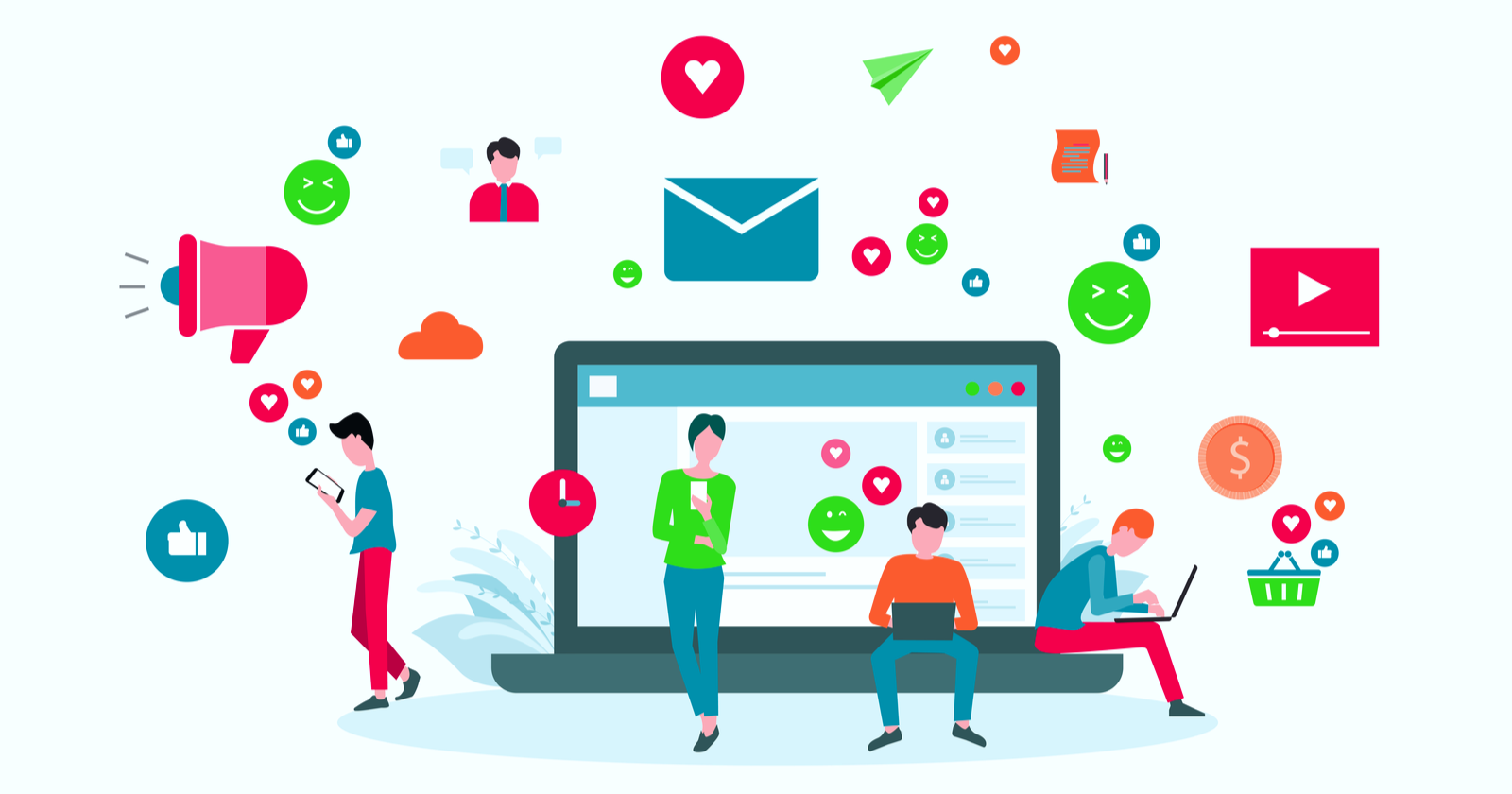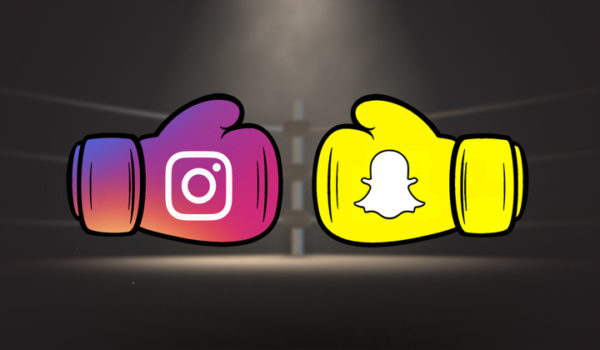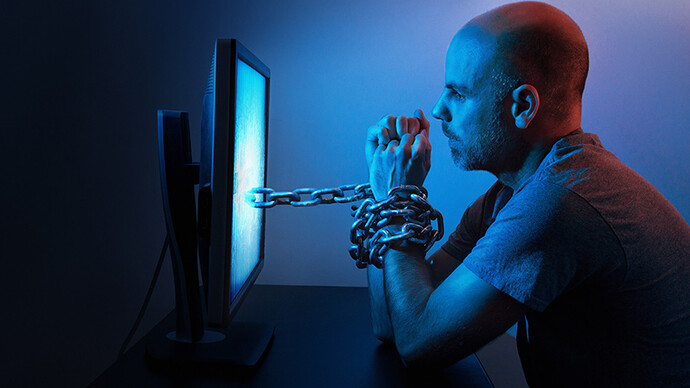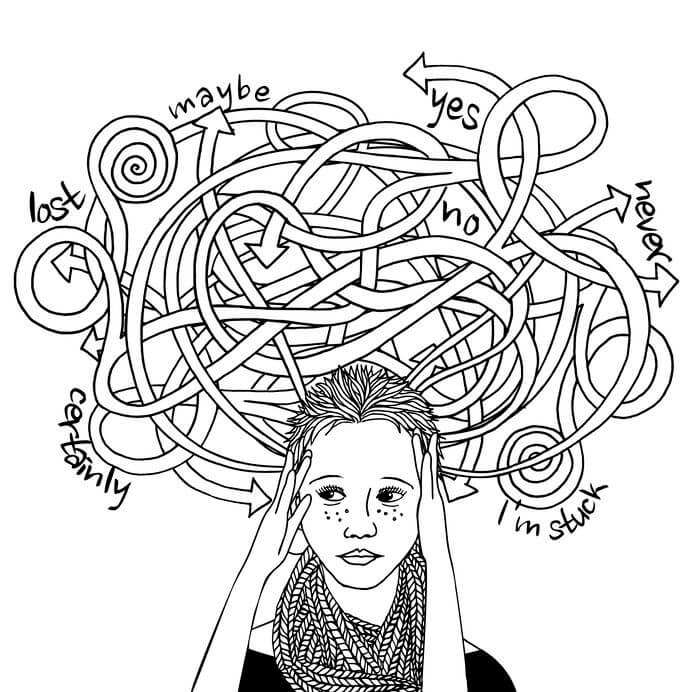While discussing a controversy in the eye of the public can be anything but pleasant, I believe that most of them are necessary. Political divergence can help draw attention to a desired topic and raise awareness for the issue at hand. In history, there have been many problems that raise concern in our society, such as access to legal abortions and the implementation of taxes to reduce plastic waste. Both of these topics hold long-standing relevance in our nation, as they have been considered controversial for decades now and continue to be heavily debated topics. Specifically, the topic of legalizing abortions have been discussed since the 1960s, and while the idea has never lost importance, the case of Roe vs. Wade stepped back into the spotlight when it was overturned this June. As a woman, I feel very strongly about the discussion of this topic and believe that women’s rights is something that everyone should have an opinion on. Similarly, I also believe that talking about the application of taxes to help reduce plastic waste should be discussed more and is crucial to help our environment and our society. No matter which topic is chosen, I think that they are both so heavily debated that it would lead to a very interesting discussion.
Author: Sophia Beck
Dealing with Anxiety
Recently, I’ve been worried about a lot. I’ve been questioning my major, worried about doing well enough, worried about the judgment of others, and especially concerned about the fact with why I’m here. It can be especially difficult when it seems that everyone else around you has it all figured out, even if they don’t, but it can cause you to question every aspect about yourself.
I’ve dealt with anxiety for the majority of my life but since I’ve grown, I’ve been able to recognize my feelings, and switch them to focus on better and more productive tasks. At first, this seemed like a fleeting mission for me and it seemed so much more simple to let myself become consumed with these overwhelming thoughts and emotions. Now, I understand that there are right and wrong ways to deal with how I’m feeling and ways to make it better. There are three things that help me the most when dealing with my anxiety: music, affirmations, and reflection. Below, I’ll go into a little more depth about what they are and how they help me.
- I’ve found that music has more of an effect on my mood than anything else in this world. Making a playlist that makes you feel powerful, motivated, or even just happier can be extremely helpful with making you feel less worried and helping your body to de-stress.
- Affirmations are something that I’ve been using more recently. For those who don’t know, affirmations are present tense statements that make you feel motivated and more positive. Words and thoughts have power. When you repeat them often, they can, in various ways, affect and make positive changes in your environment.
- Using reflection and gratitude is another way to help with anxiety. I like to reflect on my day and recall a couple of things that I am grateful for that happened. It can be much easier to count your losses than your wins when you’re anxious, so celebrating the good and changing your mindset can have a really powerful effect on your mood.
Panic attacks and anxiety can be really scary. Mainly because your mind makes it seem as if you are losing control over your environment, body, and surroundings, and that can be extremely difficult to deal with. It can be even more difficult to remind yourself that everything is going to work out because in that moment, it doesn’t feel like it. So if nothing else, if you’re feeling anxious, put on your favorite music, take some deep breaths, and focus on yourself for a little while.
Everything you’re feeling is completely valid.
Stay safe. Stay well. Stay happy. 🙂
TED Talk Slides
Slide #1

Slide #2

Slide #3
Slide #4
![]()
Slide #5

Slide #6

Slide #7

Managing Intrusive Thoughts

For the past couple of days, I have been on my deathbed, as they say. I’ve had no motivation to do anything but sleep, roll over, rub my eyes, and repeat. But for the brief moments when I wasn’t falling back into a doze, I was thinking about all of the things that I’m going to have to get done once I’m feeling better and the stress that it’s all going to cause me.
This is an example of an intrusive thought. If you are unfamiliar with that term, an intrusive thought is an unwanted idea that pops up into our brains unannounced, make it difficult for us to focus, and can cause lots of unwanted and unnecessary stress. The severity of these thoughts can range drastically, but for some people, they can be almost debilitating. They can manifest through several different types of mental health conditions, such as anxiety, depression, and OCD, but today, I want to discuss some different strategies that one could take to help reduce intrusive thoughts and how to handle them when they happen.
One cause of intrusive thoughts is experiencing high levels of stress. Which is a little ironic, isn’t it? These thoughts are caused by stress, but subsequently lead to even more stress…enough already! I hate to sound like a broken record here, but some of my favorite ways to manage my stress when I feel it worsening are practicing controlled breathing, meditating, journaling, and recently, using soothing fragrances and essential oils, such as lavender and eucalyptus.
Another way to deal with these bothersome thoughts is to think backwards and identify the root of the fear. I recently listened to a podcast that discussed the power that comes with being able to maintain healthy thinking processes and knowing how to identify the root causes of what is bothering you. Basically, it all comes down to understanding your core values and boundaries, and once you know those, it is much easier to identify why certain situations evoke negative or stressful emotions.
The last strategy that I want to discuss is facing these intrusive thoughts head on. It may seem easier to just “run away” from what’s bothering you and suppress it until absolutely necessary, but this will only cause you more stress in the future, I promise. Reframing negative thoughts into positive ones isn’t an easy task, but there is good in everything, and I think that’s something to hold onto. Whatever is stressing you out in the moment will teach you something for the future and will make you a better and stronger person down the road. It’s all about the mindset!
With all that being said, I hope that if you take anything away from this post, it’s that intrusive thoughts do not define you. You will overcome whatever may be making you anxious and everything will work out. Accept these thoughts without judgment, don’t suppress them, and work through it.
It will all be ok 🙂
The 7-Pillars of Self Care

Everybody needs to engage in self care, but sometimes, it can feel like another thing that we have to add to our to-do list. And even though everyone needs it, not everyone knows exactly how to make it happen.
There’s a lot of information out there about self care, and research that I’ve done specifically for this blog has taught me that. In order to better recognize what needs work in your life instead of trying to do everything, look at self care in terms of seven pillars; mental, emotional, physical, environmental, spiritual, recreational, and social.
Seven pillars might seem like a lot, but you don’t need to focus on finding a perfect balance between them all. Instead, it might actually be more beneficial to focus on one area for a day, a week, maybe even a month and when you’re ready, you can focus on others. But what’s most important is noticing which one area needs the most attention so that when you’re finished, you are able to be the most calm, cool, and collected version of yourself. So with that being said, let me shortly summarize some of the seven specific pillars, how they can help, and different ways to engage in them!
One of the pillars is mental self care, which is all about creating a healthy mindset through mindfulness and curiosity. Mental self-care is so important for developing a healthier mindset, growing upon skills, and enhancing your knowledge and creativity. Some ideas to engage in mental self care would be through meditation, journaling, trying something new, or even taking a social media break (which I personally feel the need to try).
Another pillar, and probably my favorite, is emotional self care. This pillar involves taking care of your heart by using healthy coping strategies and showing love to yourself. Emotional self care is my kryptonite because I feel like I am able to better understand myself and develop healthy emotional responses when I engage in it. So ideas to participate in this would be to write down positive affirmations, listen to your favorite music, and simply ask for help when you feel like you need it.
The last pillar that I’ll be addressing is environmental self care. This involves prioritizing the spaces around you. Taking care of your immediate environment will allow you to thrive, feel a sense of belonging where you are, and feel better about the areas that you reside in. Engaging in this pillar can look like decluttering your spaces, arranging and organizing your spaces, or even just going for a walk and exploring somewhere new.
If I could, I would love to drive deeper into all seven of the different pillars, but for now, my hope is that whoever reading this now at least has a better understanding of how to care for themselves, depending on what they need. Everyone is going through something different and needs to care for themselves accordingly, so remember to always prioritize yourself!
TED Talk and Project Brainstorm
Listening to a speech can go one of two ways. It can be so good that it keeps the viewer engaged the entire time, makes them think, and hopefully leaves a lasting impact on them. Unfortunately, it can also cause one to doze into a day-dream spiral, bob their head in an attempt to stay awake, until the next thing they know, the claps of their peers around them snap them out of their haze and they’ve retained absolutely nothing from the past couple of minutes. This is why I love Tim Urban’s speech titled “Inside the Mind of a Master Procrastinator”. In his talk, Urban acknowledges that he is cursed with the brain of a born procrastinator and that it doesn’t make any sense, but even still, he cannot seem to shake his habits of pushing tasks off until the very last second. He uses humor in his language, but also through his extremely amusing visuals that he made himself. Urban kept my attention for the entirety of his speech, which sets his TED Talk the majority of the rest. I also really like Urbans talk because it is something that I can relate to very very heavily. He explains the process of how my brain works so perfectly, which also makes it more enjoyable to listen to because I can connect so strongly to it.
Urbans passion for his topic is obvious in his speech, which makes me consider what topics I am truly passionate about so that my speech will be as engaging and entertaining as his. I think I either want to talk about the effects of social media on our generation or the secrets to genuine student success. I am leaning more toward the discussion of social media and how it has shaped Gen Z, mainly because it is a topic that I know the majority of the class could relate to. I also just think that social media is a more interesting topic because there are so many more “sub-categories” that go along with it.
The Art of Nothing
Since coming here, I’ve been on this go-go-go mentality. And even though the world has continued to give me time to slow down, I’ve been stuck in this headspace. The past two days have felt a little different for me; mainly because I have been taking the time to do absolutely nothing.
Society has taught me that if we are not productive during every hour of the day, then we are lazy. But how could we not think this way when “hustle culture” is so romanticized? We hear stories of people grinding their whole life, working late nights, how it all pays off for them in the end. We rarely hear a success story that involves a balance between work life and personal life. And while hard work is necessary for success, we don’t always need to break ourselves in half all the time to achieve it. Although I do believe that the hustle is important, I find greater importance, and enjoyment, in achieving a balanced lifestyle instead.
One of my favorite concepts is the yin-yang. It symbolizes duality and balance in itself. You cannot have one thing without also encountering its predecessor. Everything in this world has an opposite, and while that can be a frightening thought in some ways, I think it’s a beautiful approach to life. With this mindset, while one can have a jam-packed schedule and a full to-do list every hour of every day, one must also be able to slow down and implement the art of doing nothing from time to time.
I recently noticed that my headspace was getting a little foggy and I was beginning to feel a little burnt out. College is only a little bit stressful and I started to overwork myself, and for absolutely no reason at all. So here are some things that I’ve done recently to help me slow down.
I started checking myself when I began thinking “I need to do more”. I realized that I don’t need to do EVERYTHING and that what I was doing was more than enough. To help with this, I’m trying to train my mind to stop thinking this way so that I can avoid feeling overwhelmed and burnt out in the future.
Another tip that I’ve found beneficial for my well-being is creating time in my day that separates school time from my personal time. This looks different for everyone but doing something for yourself in the morning before jumping into the “work” mindset can help. And at the end of the day, do something that signals it’s time to let go of work, such as taking a hot shower, a long walk, etc., so that your brain knows that work is done for the day!
I hope this post has encouraged you to step away from the hustle mentality or at least try to find a balance between being productive and letting yourself relax. Although productivity is important, remember that a healthy mind will always take precedence!
Civic Artifact Speech Reflection and Review
Usually, I have a pretty good grasp of how I did on an assignment before the grade comes back, but for this speech, I’m not too sure. I feel like I structured my analysis pretty nicely, as I went through them chronologically to establish a nice flow, and I went into detail about each component of my artifact and how it affected it rhetorically After listening to others’ speeches and comparing them to my own, I feel like my delivery could’ve been way better. I know that my delivery wasn’t that strong, as there were several awkward pauses, I used minimal hand gestures, and I could’ve used more eye contact. I feel like my speech also sounded slightly rushed and monotone throughout. If I could go back and change one thing about my entire speech, it would absolutely be my delivery.
After listening to other speeches from my peers in the class, I found Benjamin’s speech “Bert The Turtle: The Illusion of Safety in the Nuclear Age” to be really well done. His introduction was extremely strong, as he used a very engaging voice, effective hand gestures and eye contact, which set a good tone for the rest of his speech. He was able to catch my attention from the very beginning, and hold it until the very end. He added lots of background information so that it was easier for the viewer to understand and follow along. His speech was articulated very well and structured in a way that made the entire thing flow with ease. I also really liked the visuals that he chose because it also aided the audience with staying engaged and it added to the overall performance of his entire speech.
The Body Says What Words Cannot
When I was deciding what topic to choose for this blog post, I had narrowed it down to two things–self care (obviously) and movies. But there was one topic that I debated heavily on choosing, and that was dance. I’ve been a dancer for my entire life and if I’m being honest, I’m probably more passionate about it than I am self care, I just thought it was too generic. But luckily, dance is a form of self care for me!
When I got here, I had heard about this dance organization called Volé and I’ll admit, I was slightly hesitant to join it. I didn’t dance for my senior year of high school, which was a pretty hard pill to swallow, so dancing at Penn State was the first time that I’ve participated in the activity in over a year. I had fallen out of love with the art when I quit and I didn’t think that I would ever want to get back into it. After our first practice, I was EXTREMELY rusty to say the least. I felt really down on myself about it and I worried that I wouldn’t be able to dance at the same caliber that I used to be able to.
For Volé, we only have about 3-4 practices a week, so it’s super lowkey, but it’s enough to keep my admiration for the sport alive. Since dancing consistently again for a little while now, I can feel my passion for it beginning to rekindle, and it is the best feeling in the world. What I love most about dance is that there is really no right or wrong. I feel completely and utterly free. Cheesy, I know, but when I’m dancing, I don’t have to think about anything besides the next motion I’m going to make. It is a way for me to completely detach from reality for a little and remind myself that everything is going to be alright. It’s a reminder to me that there is still good in this world. Dance has all of my love; my heart belongs to it.
Just this week actually, I have found myself truly falling in love with the sport again. Not only has this been of benefit to my physical health, but my mental health as well. It challenges me and forces me to push myself to extents I thought impossible. It’s humbling, it’s beautiful, and it is beyond grounding. Not to mention the instantaneous mood boost that it gives me. Dance is so healthy for my mind, body, and soul, and I can confidently say that it is my favorite form of self care to date. I am grateful for the art in its entirety and I hope to never lose the passion or the love that I am beginning to feel for it ever again.

